The competitive insights of the Europe Sensor Market reveal a dynamic landscape characterized by rapid technological advancements and growing demand across various sectors such as automotive, industrial automation, healthcare, and consumer electronics.
The market is witnessing significant investments in research and development, with companies striving to create innovative sensor technologies that enhance automation, improve efficiency, and ensure safety. The competitive environment is shaped by key players who not only focus on improving the functionality of their sensor products but also on enhancing their manufacturing capabilities to meet the increasing needs of customers.
The rise of the Internet of Things has further accelerated the demand for advanced sensors, pushing manufacturers to diversify their product offerings and engage in strategic collaborations and partnerships to remain competitive in the evolving market.Bosch has established a strong presence in the Europe Sensor Market, leveraging its extensive expertise in developing cutting-edge sensor technologies.
The company is recognized for its diverse product portfolio, which includes pressure sensors, MEMS (Micro-Electro-Mechanical Systems) sensors, and environmental sensors, which cater to various industries, especially the automotive sector. Bosch's strengths lie in its robust research and development capabilities, enabling it to deliver high-quality, reliable products that meet stringent industry standards.
The company's strong brand reputation, combined with a commitment to innovation and sustainability, positions it favorably in the market. Furthermore, Bosch's strategic focus on expanding its product line and enhancing its production processes has solidified its position as a leading player in the European sensor sector.Infineon Technologies also plays a pivotal role in the Europe Sensor Market, providing a wide array of products that cater to diverse applications such as automotive safety and environmental monitoring.
The company’s key offerings include pressure sensors, light sensors, and magnetic sensors, which are essential in applications requiring precise measurements. Infineon Technologies operates with a strong emphasis on enhancing energy efficiency and supporting the increasing demand for smart technologies.
The company maintains a solid market presence through continued innovation and is recognized for its commitment to sustainability and environmental responsibility. Furthermore, Infineon Technologies has been involved in strategic mergers and acquisitions aimed at strengthening its technological capabilities and market reach in Europe, enhancing its competitive advantage within the sensor industry. The combination of advanced technology, a diverse product portfolio, and strategic growth initiatives positions Infineon Technologies as a formidable player in the European sensor market.

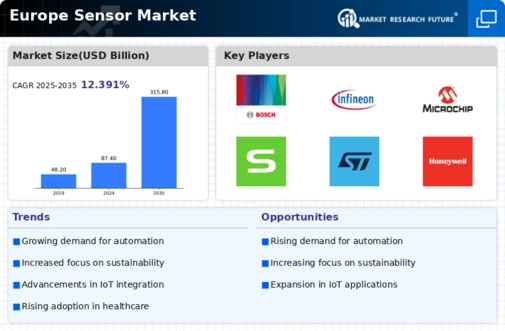
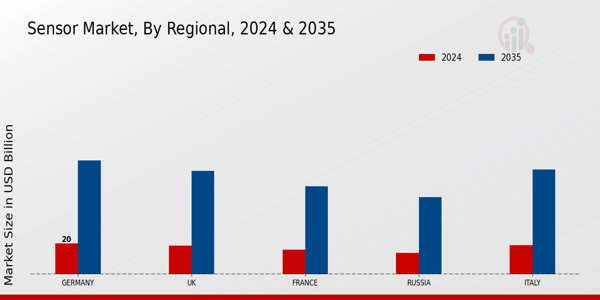
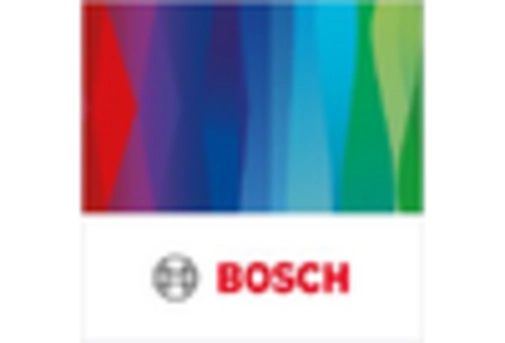
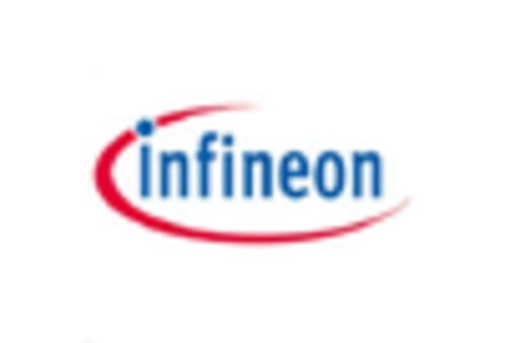
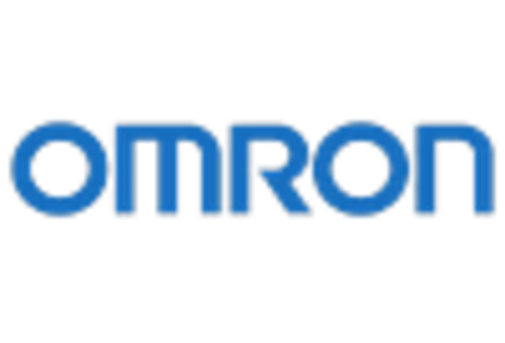
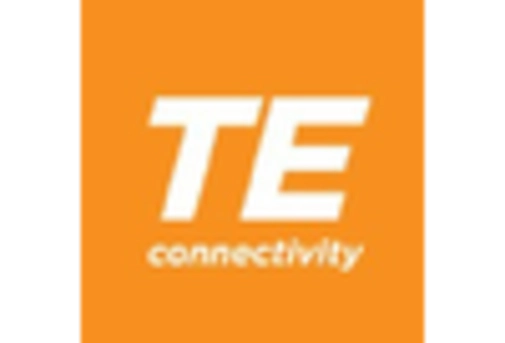
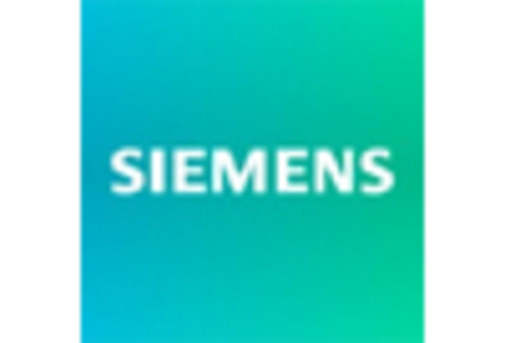
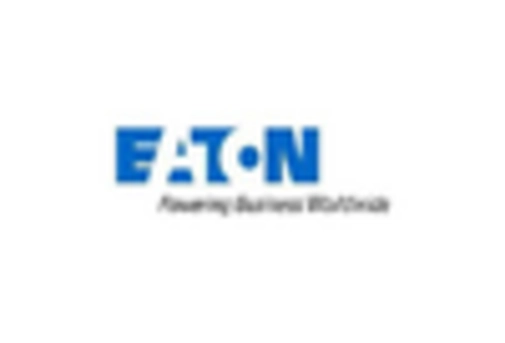
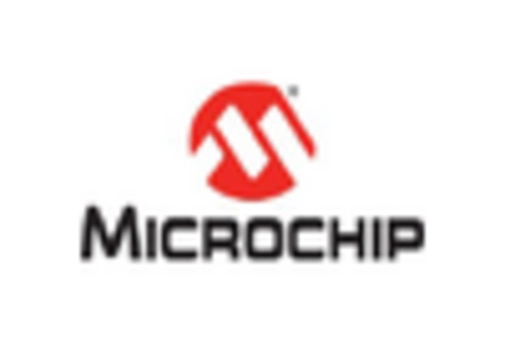



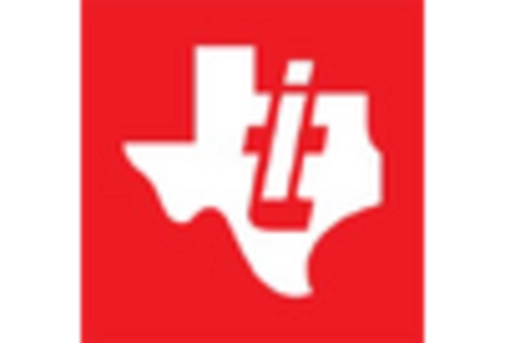









Leave a Comment